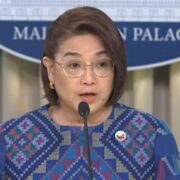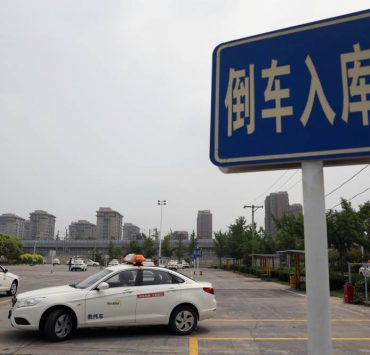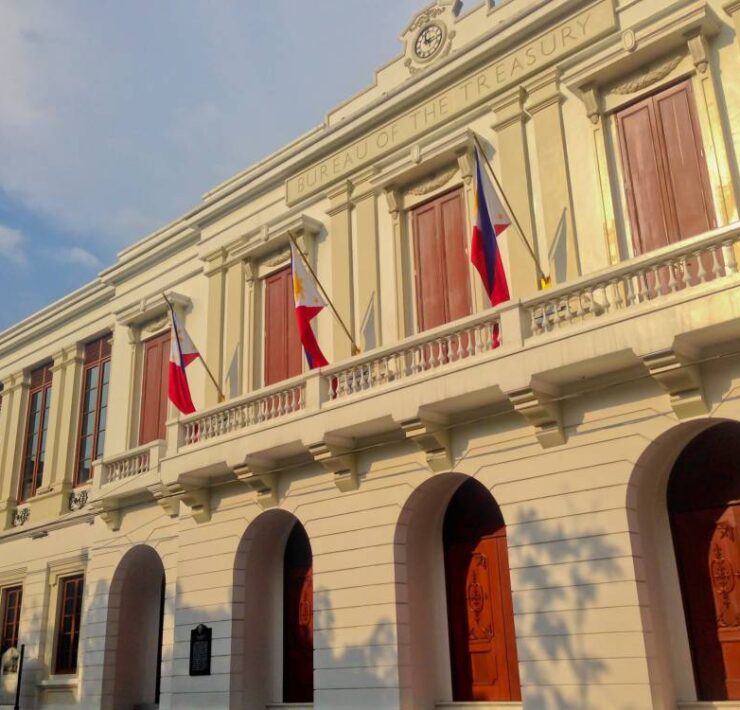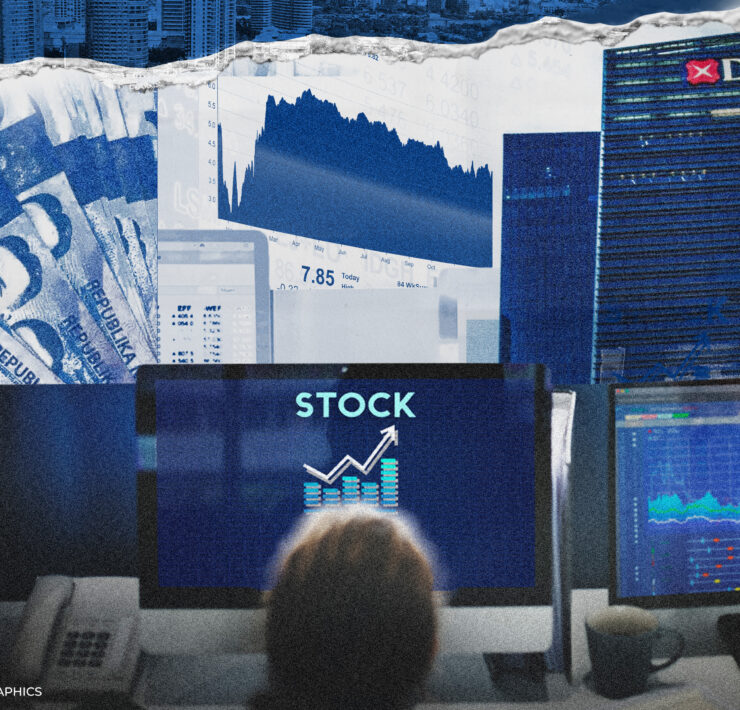Economy grew 6.3% in Q2, outpacing most Asian nations
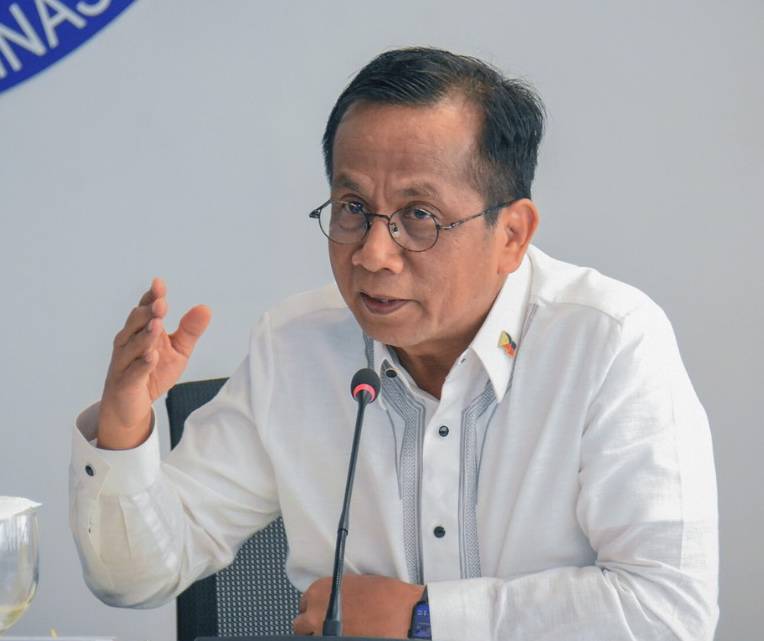
The Philippine economy grew by 6.3 percent in the second quarter, driven by increased state spending and strong investments that offset the adverse impact of high consumer prices on household spending.
The latest gross domestic product (GDP) growth print picked up pace from the 5.8-percent annual growth in the first quarter and marked the fastest expansion seen in four quarters.
This brought average first semester GDP growth to 6 percent, well within the government’s 6- to 7-percent target for the year. It also surpassed the 6-percent average forecast in an Inquirer poll of 11 economists conducted last week.
“This performance keeps our position as one of Asia’s best-performing major emerging economies,” National Economic and Development Authority Secretary Arsenio Balisacan said during a press briefing on Thursday.
The country’s growth rate outpaced Indonesia’s 5.05 percent, China’s 4.7 percent and Malaysia’s 5.8 percent. It only fell behind Vietnam’s 6.9 percent.
This was as government spending surged by 10.7 percent from 1.7 percent in the previous quarter and bounced back from the 7.1-percent decline last year.
Balisacan attributed the significant increase of state expenditure to the rollout and improved coverage of various social protection, health and education programs, as well as preparations for the election next year.
The Philippine Statistics Authority (PSA) reported that industry and services had gained by 7.7 percent and 6.8 percent year-on-year in the second quarter. On the other hand, agriculture, forestry and fishing fell by 2.3 percent, battered by the El Niño dry spell phenomenon.
According to the PSA, the main contributors to overall growth were: construction, up 16 percent; wholesale and retail trade as well as repair of motor vehicles and motorcycles, which grew by 5.8 percent; and financial and insurance activities, which expanded by 8.2 percent.
Meanwhile, seasonally adjusted GDP grew by 0.5 percent from the previous quarter, softer than the 1.1-percent expansion previously.
Consumers under pressure
In terms of demand, household spending grew by 4.6 percent, slower than the 5.5-percent growth in the April-to-June period a year ago—the most sluggish seen postpandemic.
Balisacan said that high inflation and interest rates had taken a heavy toll on consumers and would likely continue to bite for the rest of the year.
“Keeping food inflation and interest rates manageable is expected to spur both consumption and investment activity among households and businesses, strengthening our economic growth prospects in the coming months and the medium term,” Balisacan said.





